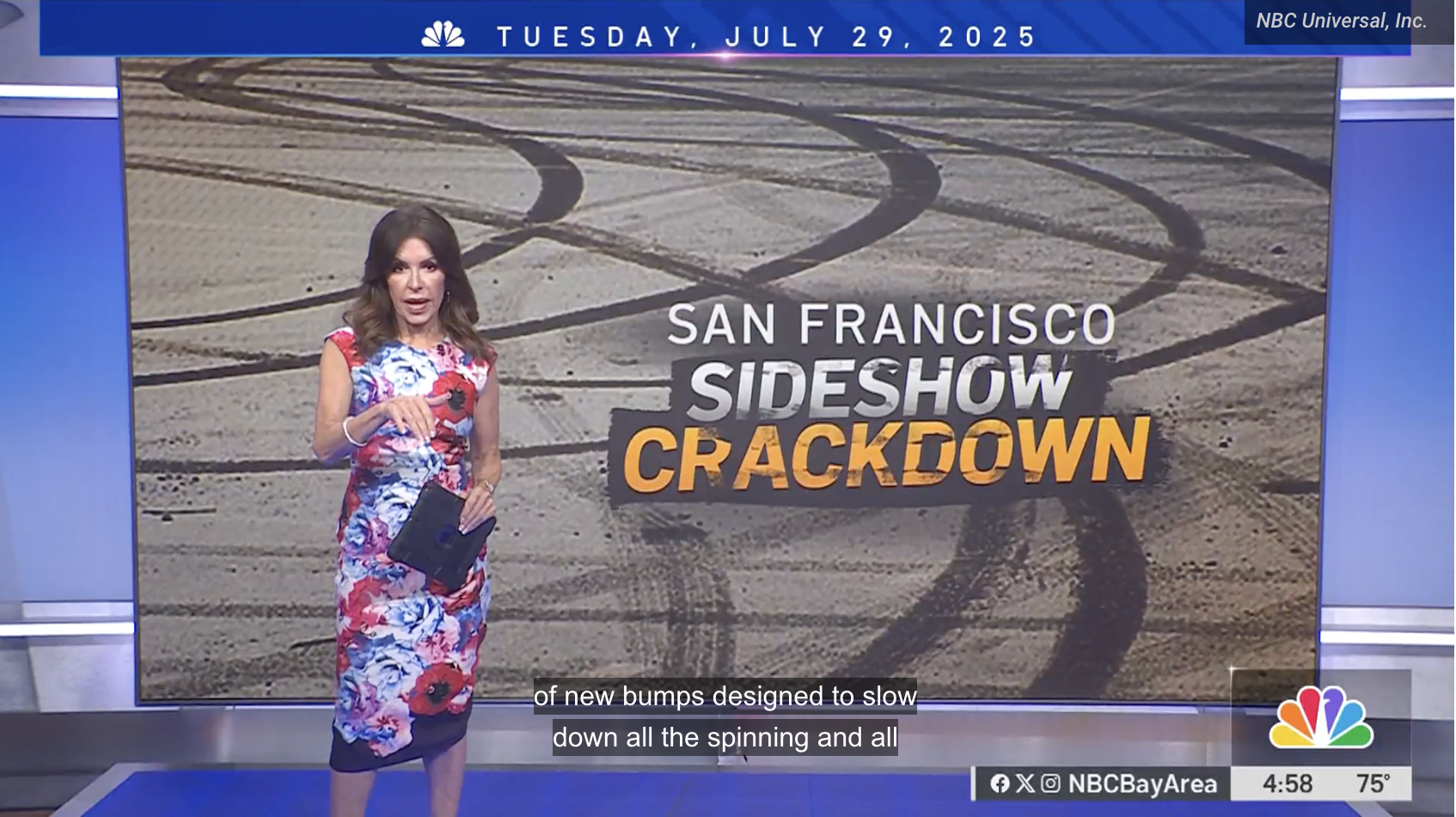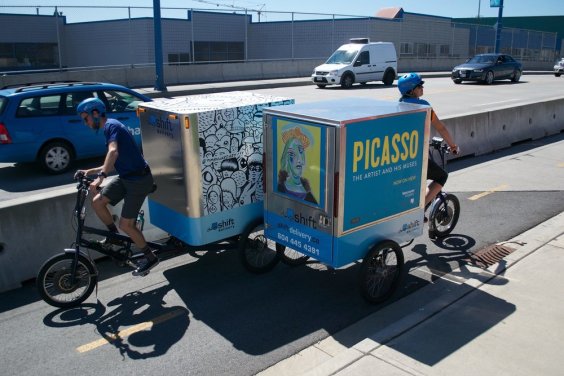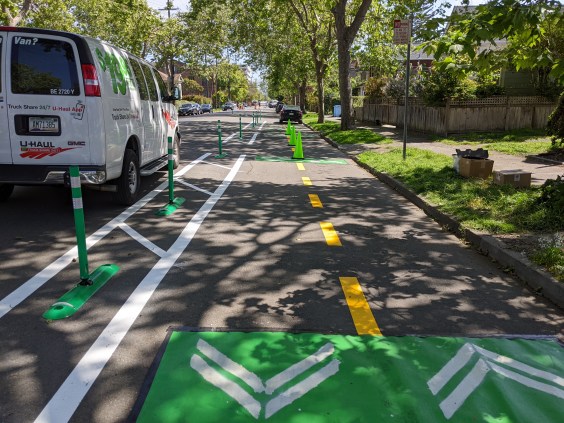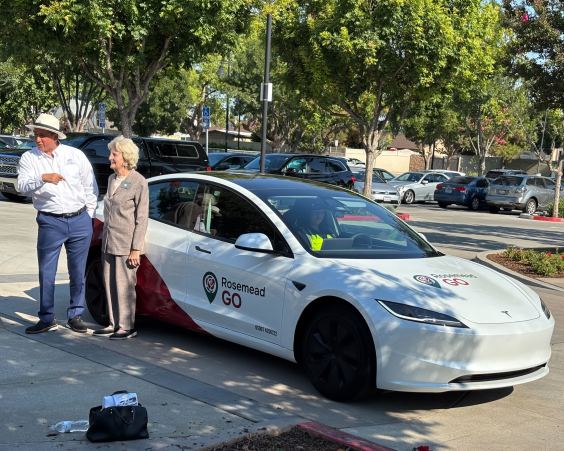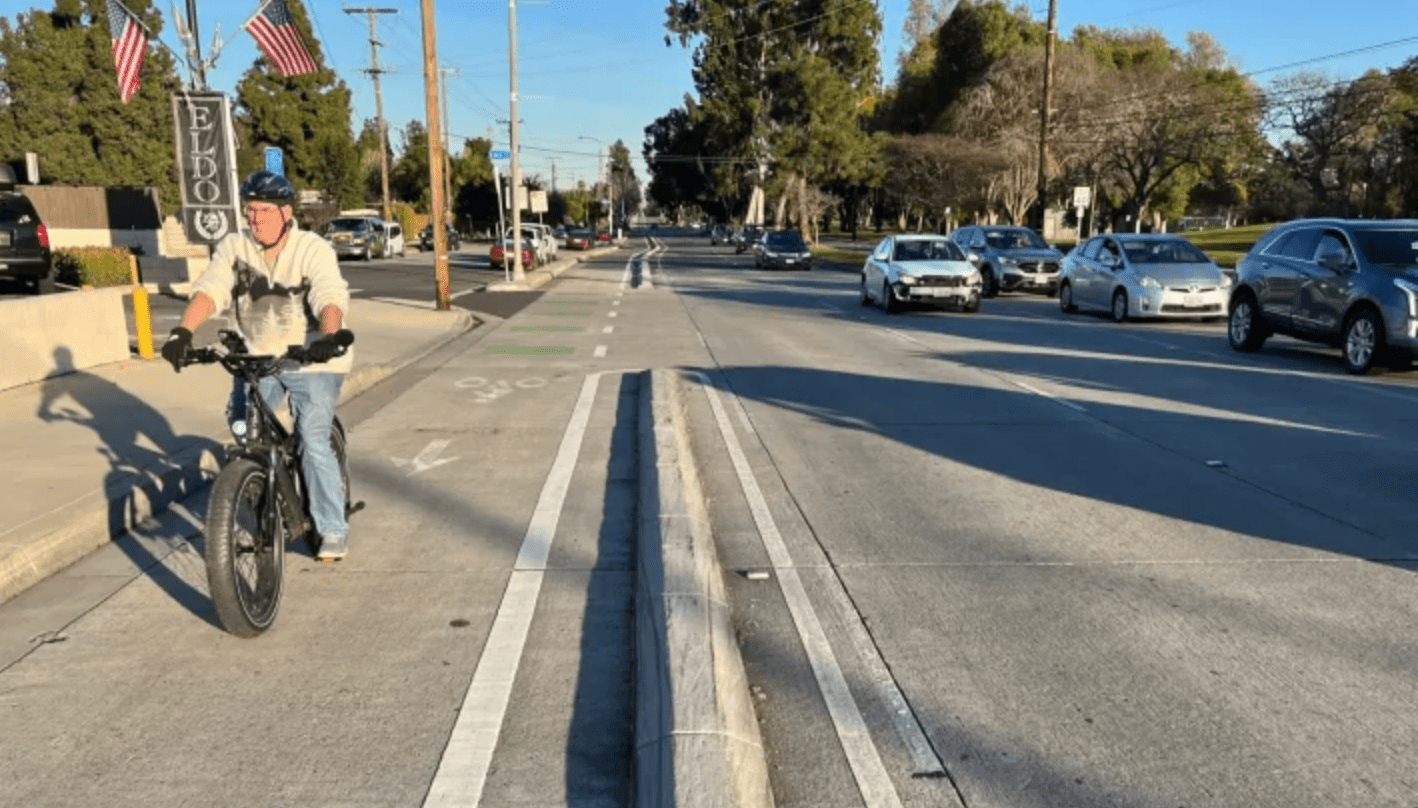Last time we checked in on Houston's bus network redesign, ridership was on the rise just a few months after METRO, the local transit agency, rearranged its routes. The new pattern optimized existing resources, providing more people with access to more frequent bus service without costing more to operate.
Leah Binkovitz at The Urban Edge, the blog of Rice University's Kinder Institute, interviewed Christof Spieler, the METRO board member who urged the agency to rethink its bus network. Here's what he had to say about getting this initiative off the ground and how things are going so far:
Was it hard to persuade people to focus on rerouting bus lines?
They had us all put together a list of, what are things you’d like to see done. This was on my list. It took about three years for the agency to be convinced to do it.
There was a lot of focus on the fact that ridership was dropping. I was actually offering up a solution that addressed that problem.
It probably didn’t hurt that it was budget friendly?
It’s funny when you look at this. Why haven’t more agencies done this? Because on the surface it’s a no-brainer: make a system better without putting money into it. In the end we put a little bit of money into it, but using your current resources to do more seems like it’s something everybody would be doing. But it turns out it’s actually really rare.
Why is that? People seem much more excited about light rail and those sorts of projects.
This isn’t a bus versus rail discussion. What we did would not have been possible without the new rail. I think a successful transit system is probably doing both, and I would say a lot of U.S. cities have gone wrong by focusing on rail without taking their bus system seriously at the same time. But it would also go wrong to say we’re never going to build rail or [bus rapid transit].
In addition to serving existing riders, were you able to capture new ones?
Well, the key to this is that every year about 20 percent of our riders are new riders. People always simplify it as, you’re trying to get people out of their cars. That’s not really the way it adds up. If you want to move the needle, all you have to do is this: every year, every month, every week there are people moving to the area, graduating from school, starting new jobs, or getting a new apartment. Some percentage of them will choose to ride transit to make that new trip. That grows ridership. You don’t need anybody who is making a trip today to switch to transit in order to increase ridership.
Now, I think we will shift some people in terms of their current trips. But I think there’s huge potential to increase it, just in terms of all of those people who are asking “how will I get to this new place.”
Elsewhere on the Streetsblog Network today: The City Fix says the D.C. Metro shutdown shows why public trust in transit matters. Architect This City reports that Toronto is looking into congestion pricing on its freeways. And Bike SD has an update on San Diego's plan to overhaul downtown streets for better walking and biking.

